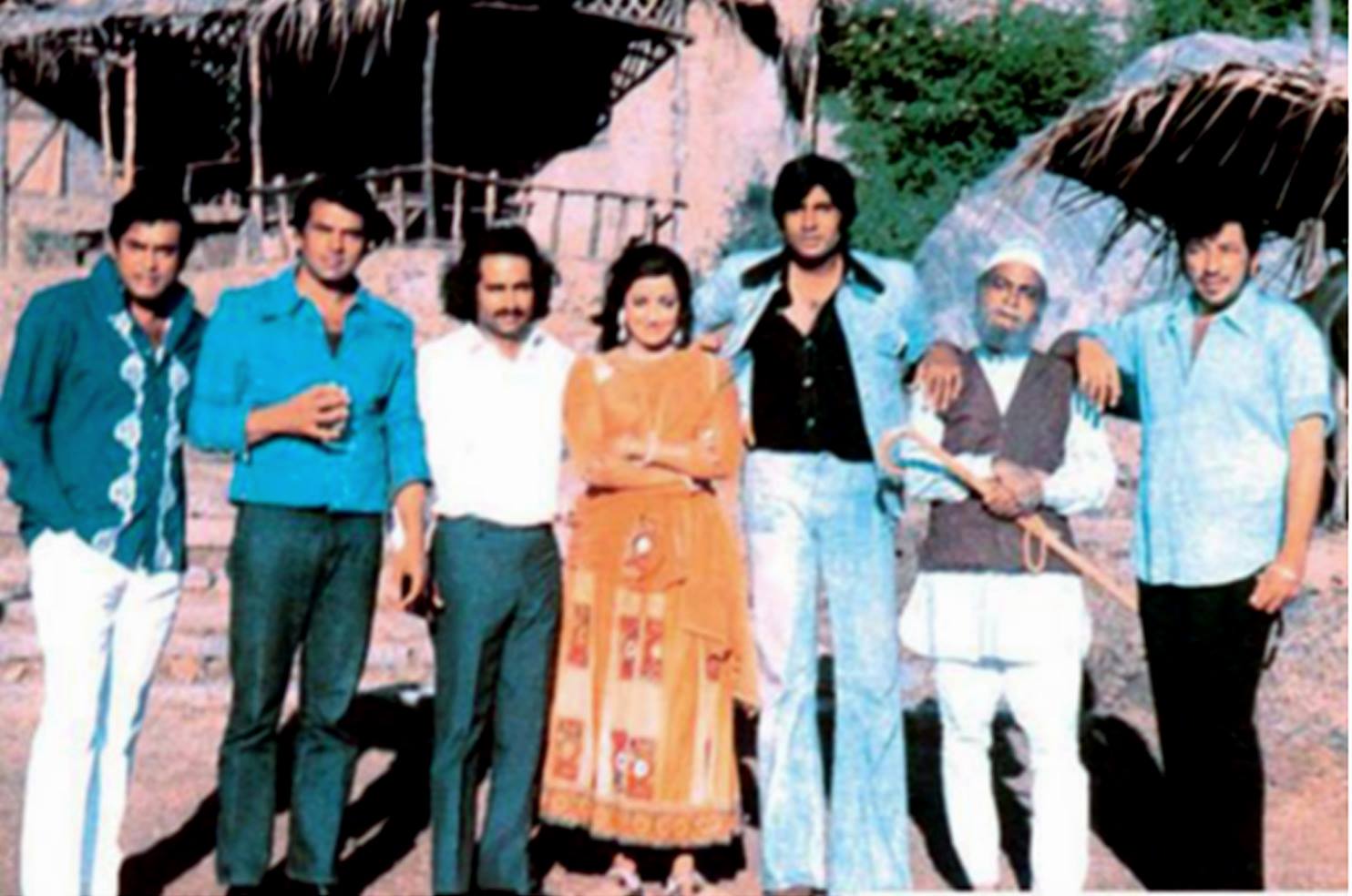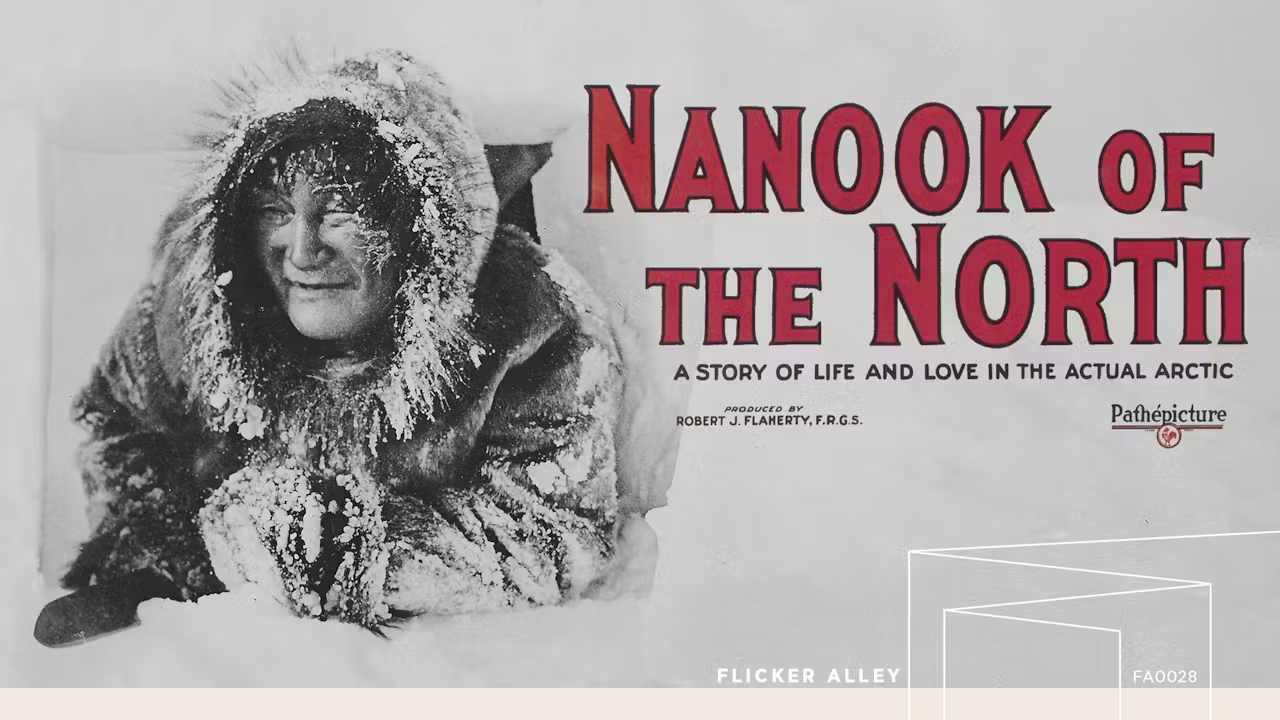Indian cinema, particularly commercial filmmaking, has undergone a remarkable transformation over the past century. From…
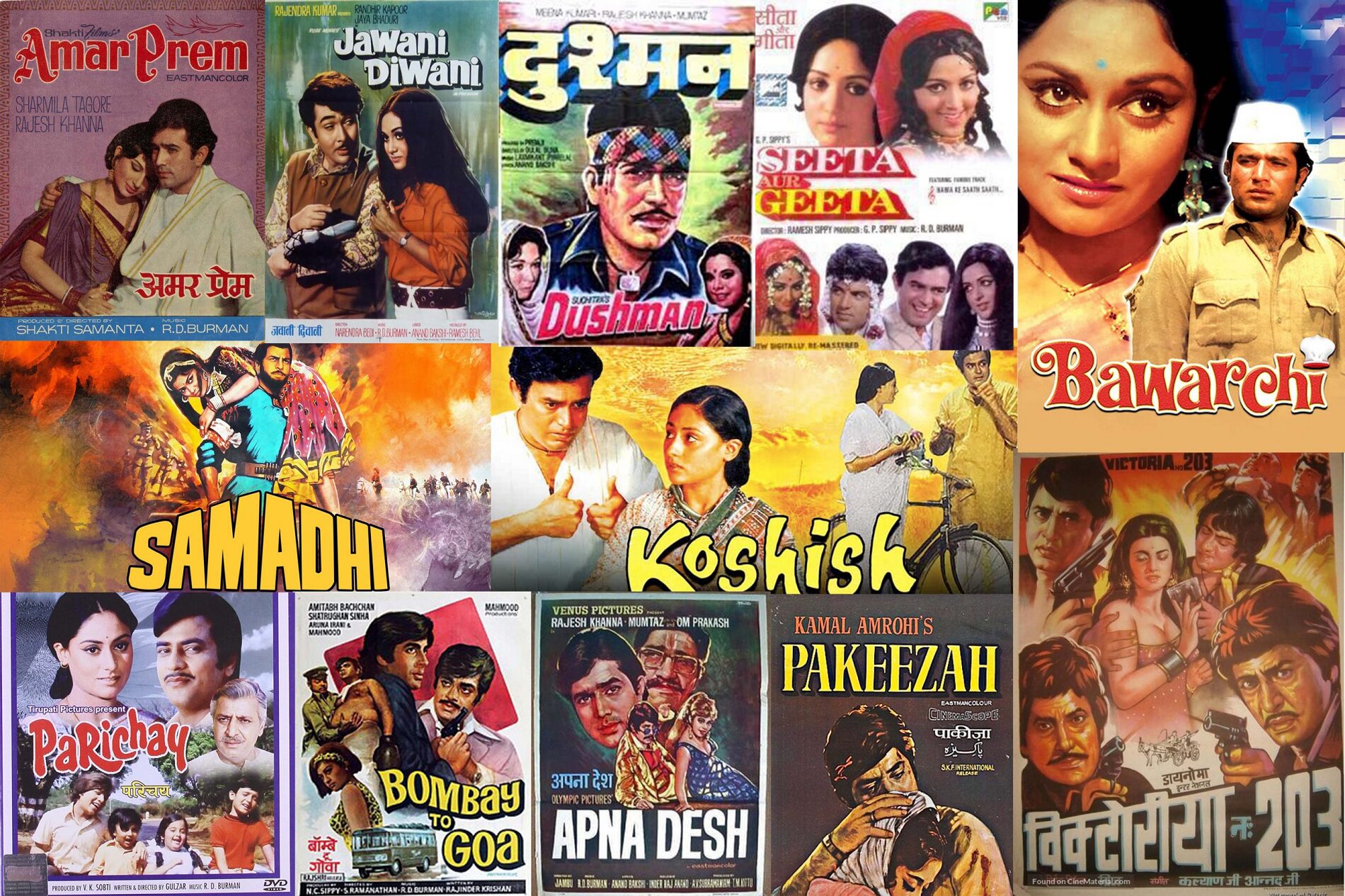
Bollywood: Celebrating Diversity Through the Lens of Indian Cinema
In a world increasingly divided by borders, ideologies, and cultural differences, Bollywood stands as a vibrant testament to the power of storytelling to unite, inspire, and celebrate diversity. As the largest film industry in the world by volume, Bollywood—often synonymous with Indian cinema—has long been a mirror reflecting the multifaceted tapestry of India’s culture, traditions, and social fabric. But it is more than just entertainment; it is a cultural phenomenon that transcends geographical boundaries, offering a kaleidoscopic view of India’s diversity through its stories, music, and characters.
A Melting Pot of Cultures
India is a land of contrasts, where over 1.3 billion people speak more than 22 officially recognized languages and practice a myriad of religions, customs, and traditions. Bollywood, based in Mumbai, has embraced this diversity, weaving it into the very fabric of its narratives. From the snow-capped Himalayas to the sun-kissed beaches of Goa, from the bustling streets of Delhi to the serene backwaters of Kerala, Bollywood films have showcased the geographical and cultural richness of India.
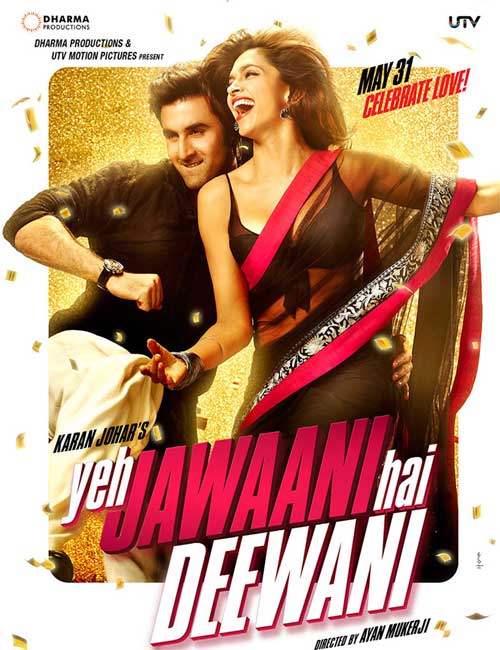
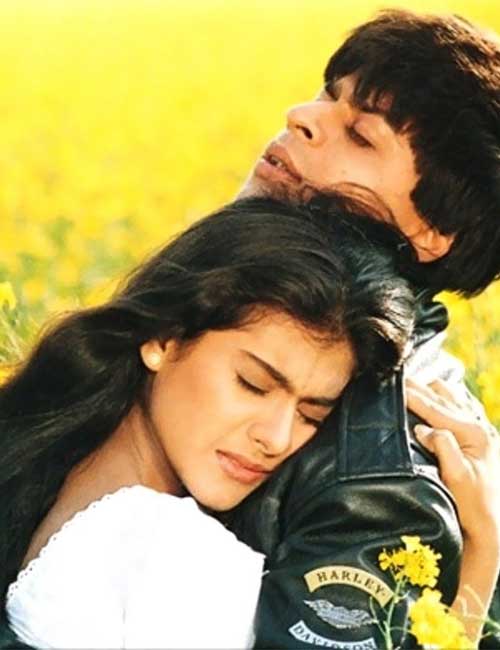
Films like Dilwale Dulhania Le Jayenge (1995) and Yeh Jawaani Hai Deewani (2013) take audiences on a visual journey across India, highlighting its regional beauty and traditions. These films are not just love stories; they are love letters to India’s diversity, celebrating its festivals, cuisines, and landscapes. As The Hindu once noted, “Bollywood has become a cultural ambassador for India, introducing the world to its vibrant traditions and timeless stories” (The Hindu, 2019).
Bollywood has also played a pivotal role in introducing global audiences to Indian culture, from the colorful exuberance of Holi to the spiritual fervor of Diwali. The Times of India aptly described Bollywood as “a bridge between India’s past and present, tradition and modernity, and local and global audiences” (Times of India, 2020).
Breaking Stereotypes and Challenging Norms
While Bollywood has often been criticized for perpetuating stereotypes, it has also been a platform for challenging societal norms and sparking conversations about pressing issues. Over the years, filmmakers have used the medium to address topics such as gender inequality, caste discrimination, and religious intolerance.
Movies like Pink (2016) and Thappad (2020) have tackled issues of consent and domestic violence, sparking nationwide debates and encouraging women to speak up. As The Indian Express observed, “Films like Pink are not just movies; they are movements, challenging deep-seated patriarchal mindsets and empowering women to reclaim their agency” (The Indian Express, 2016). Similarly, Article 15 (2019) shed light on caste-based discrimination, while Pad Man (2018) broke taboos around menstrual hygiene. These films are not just entertainment; they are catalysts for change, using the power of cinema to challenge deep-rooted prejudices and inspire social progress.
Bollywood has also made strides in representing marginalized communities. Films like Secret Superstar (2017) and Chhapaak (2020) have given voice to the struggles of women in patriarchal societies, while Shubh Mangal Zyada Saavdhan (2020) broke new ground by portraying a same-sex love story in a mainstream Bollywood film. As The Hindustan Times noted, “Bollywood is finally beginning to reflect the diversity of Indian society, telling stories that were once considered too controversial or unconventional” (Hindustan Times, 2020).
Music and Dance: The Universal Language of Bollywood
One of the most distinctive features of Bollywood is its music and dance sequences, which transcend language barriers and resonate with audiences worldwide. Bollywood songs are a fusion of traditional Indian melodies and contemporary beats, blending classical instruments like the tabla and sitar with modern electronic music. This unique blend has made Bollywood music a global phenomenon, with songs like Jai Ho from Slumdog Millionaire (2008) and Naatu Naatu from RRR (2022) winning international acclaim.
Bollywood’s music and dance are a universal language, capable of transcending cultural and linguistic barriers to touch hearts across the globe.
Dance, too, is an integral part of Bollywood’s identity. From the graceful movements of Kathak to the energetic beats of Bhangra, Bollywood dances are a celebration of India’s cultural heritage. Iconic dance numbers like Chaiyya Chaiyya from Dil Se (1998) and Ghoomar from Padmaavat (2018) have not only entertained but also educated global audiences about India’s rich dance traditions. As The Guardian once wrote, “Bollywood’s music and dance are a universal language, capable of transcending cultural and linguistic barriers to touch hearts across the globe” (The Guardian, 2018).
Bridging the Gap Between Tradition and Modernity
Bollywood has always walked a fine line between tradition and modernity, reflecting the duality of Indian society. On one hand, it celebrates age-old customs and values, as seen in films like Hum Aapke Hain Koun..! (1994), which revolves around a traditional Indian wedding. On the other hand, it embraces modernity, as evident in movies like Zindagi Na Milegi Dobara (2011), which explores the aspirations and struggles of urban youth.
This balance between the old and the new is perhaps best exemplified by the career of actor Amitabh Bachchan, who transitioned from playing the “angry young man” of the 1970s to portraying nuanced characters in films like Piku (2015) and Badla (2019). Bachchan’s journey mirrors Bollywood’s own evolution, as it continues to adapt to changing times while staying rooted in its cultural ethos. As The Economic Times noted, “Bollywood’s ability to balance tradition and modernity is what makes it uniquely Indian and universally relatable” (The Economic Times, 2019).
A Global Phenomenon
Today, Bollywood is not just an Indian treasure; it is a global phenomenon. With a massive diaspora spread across the world, Bollywood films have found audiences in every corner of the globe. From the Middle East to Africa, from Europe to the Americas, Bollywood’s influence is undeniable. Films like Dangal (2016) and Baahubali (2015) have broken box office records in countries like China and Japan, proving that stories rooted in Indian culture have universal appeal.
Moreover, Bollywood has become a bridge between India and the world, fostering cultural exchange and mutual understanding. International collaborations, such as The Lunchbox (2013), which was co-produced by Indian, French, and German studios, highlight the industry’s growing global reach. As The New York Times observed, “Bollywood is no longer just an Indian phenomenon; it is a global force, reshaping the way the world sees India and its stories” (The New York Times, 2013).
Conclusion
Bollywood is more than just an industry; it is a celebration of India’s diversity, a platform for social change, and a global ambassador for Indian culture. Through its stories, music, and characters, Bollywood has brought the world closer to India, showcasing its complexities, contradictions, and beauty. As the industry continues to evolve, one thing remains constant: its ability to unite people across borders, languages, and cultures, reminding us of the power of cinema to celebrate diversity and inspire change. In a world that often feels divided, Bollywood stands as a shining example of how art can bring us together. As The Hindu aptly put it, “Bollywood is not just entertainment; it is a celebration of life, love, and the human spirit” (The Hindu, 2019).
